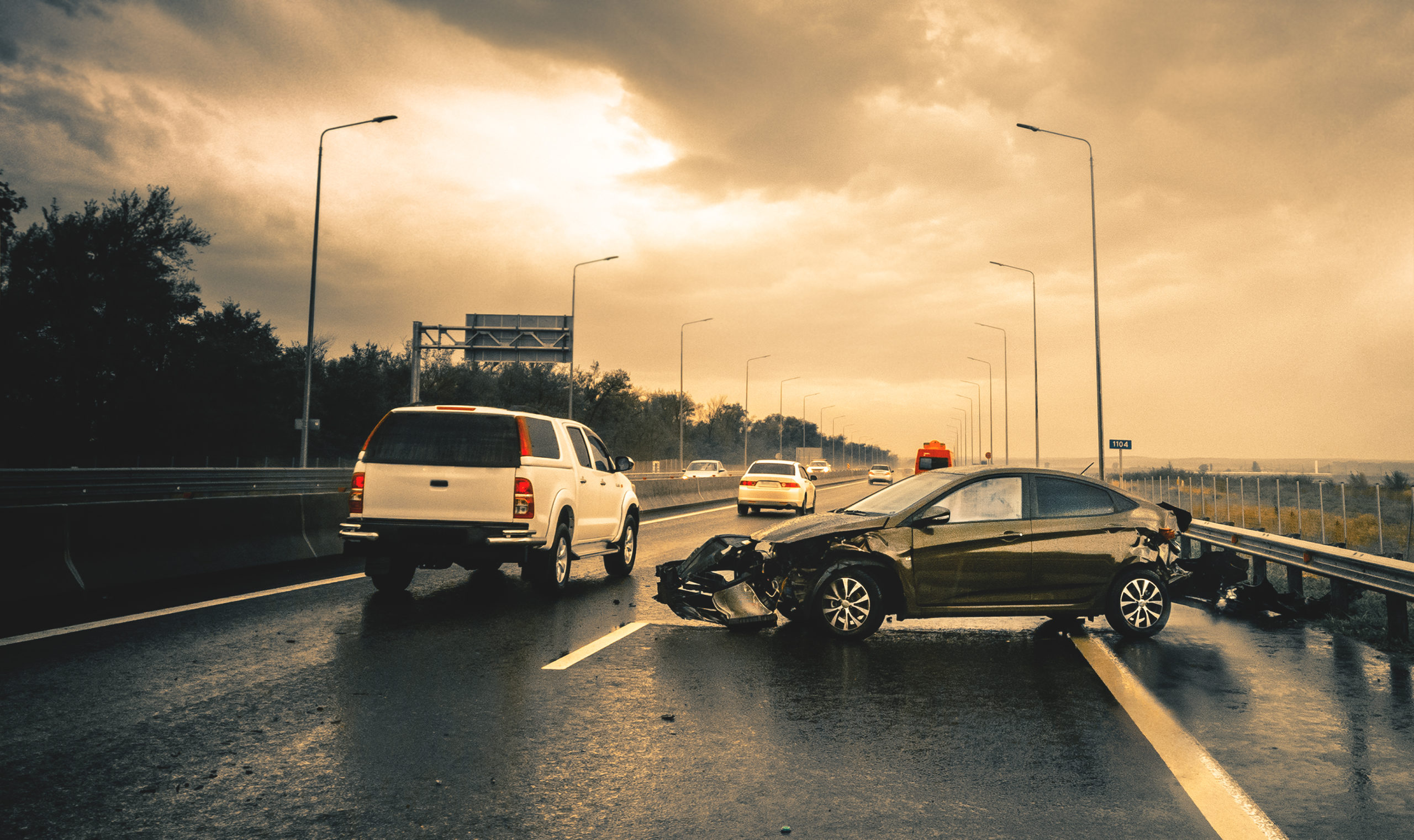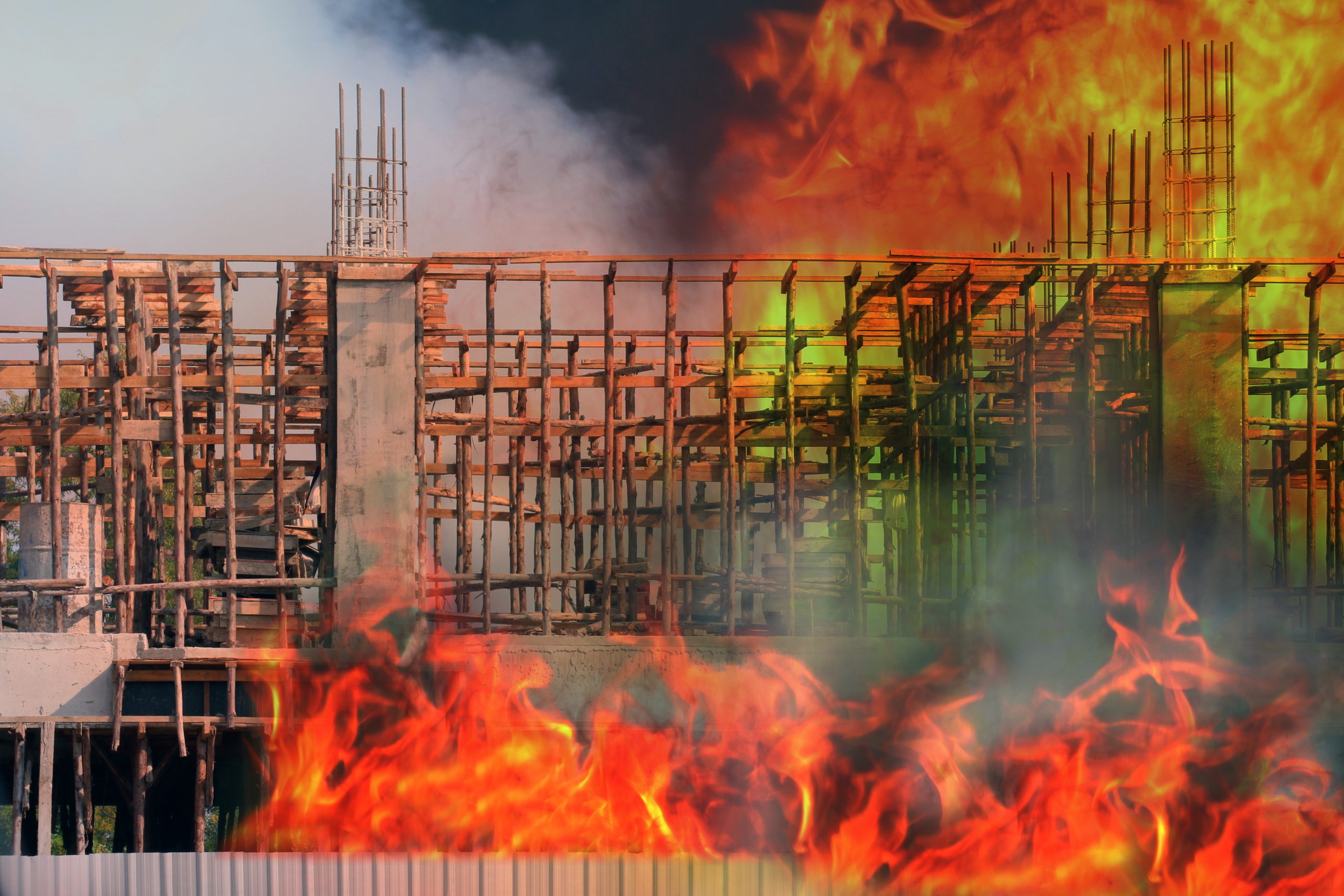
Ejection and Overturns in Crashes Occurring on Highways
In the beginning of April 2016, an unfortunate accident occurred involving a flatbed tractor trailer and a minivan. The tractor trailer struck the Honda Odyssey minivan from behind, being driven by a 26-year-old woman. However, just as the truck struck her vehicle, it started to overturn. A driver who watched the event unfold commented about the accident, “It’s terrible. The car is the size of a smart car now.” What could have been just another horrible highway accident was made even worse by the fact that the woman driving the minivan was physically ejected from her vehicle. Luckily for her, she suffered only non-life-threatening injuries and was immediately transported to a nearby hospital. However, many of these extremely serious and dangerous accidents do not end the same way.
Ejection Statistics
Unfortunately, ejection accidents are typically fatal and very few may lead to mere serious injuries. Research is done frequently on accidents that occur on our country’s highways as a safety measure to show others what can happen when precautions are not taken. In one recent study, many different factors were studied to make determinations on how frequently ejections occur, such as safety belt use, average speed that the driver was traveling at, driver age, percentage of light trucks involved in crashes, and rollover events. Here are some determinations that were made:
- In cases where a seatbelt was not worn, ejection was 15.38 times greater.
- Ejections occur 1.44 times more often in trucks than passenger vehicles.
- In the event of single-vehicle crashes, ejection occurred 1.47 times more often.
- Ejection tends to happen more frequently with accidents involving females, at a rate of 20%.
Truck Overturns
As you already know, commercial trucks share our roadways with growing frequency, which means that drivers of both trucks and passenger vehicles must be aware of the risks involved with accidents. You may wonder why overturns occur in the first place, and the answer is really quite simple: Semi trucks are much larger in size and weight and carry a greater chance of rolling. Rollover accidents involving trucks are actually some of the deadliest accidents, and in 9% of cases, speed and acts of the driver were a huge involved factor. Here are some of the most common reasons why large trucks overturn:
- Not slowing down when approaching a curve
- Driver being distracted or dozing off at the wheel
- Over-steering to cause the rollover
- Over-correcting that causes over-steer, which makes the truck overturn
- Truck drivers simply underestimating weight and height of vehicle
How to Prevent Overturn and Ejection
Wearing your seatbelt at all times is the best way to prevent ejection in an accident. Of course, in some cases, a seat belt may be defective, causing belted occupants to be unsafe in any event. Always pay close attention to your vehicle’s needs and wear a seat belt when driving.
As far as preventing overturns of large commercial trucks, maintenance is a good place to start. Semi-truck owners are responsible for maintenance including checking the tire pressure and container weight on their truck. Also, all truck drivers must be aware of who they are sharing the roadways with. By paying attention to other large trucks, vehicles, and motorcycles, an accident can be prevented.
Ejections and overturns can be frightening as well as deadly. In the event of either of these accidents, you may have sustained serious injuries and wonder how you will be compensated for them, as well as pain and suffering if applicable. Speak to an experienced attorney today about your personal injury. At Maggiano, DiGirolamo & Lizzi, we are waiting to hear from you.


















